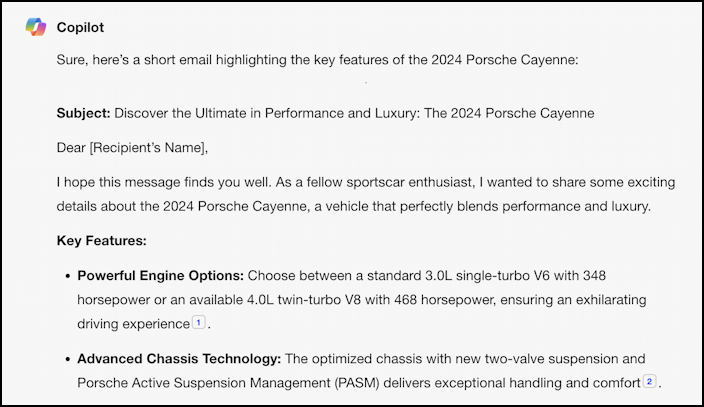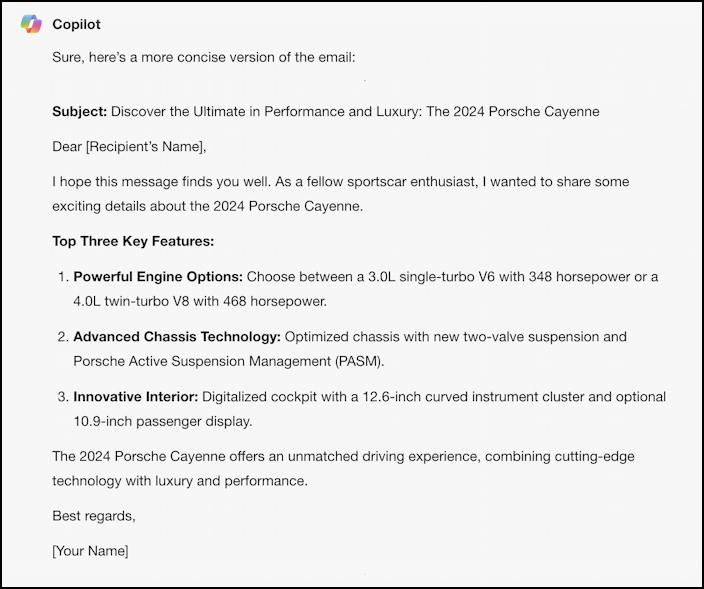If you’ve dabbled in the world of AI chat utilities, whether ChatGPT, Google Gemini, Perplexity, or Microsoft Copilot, you’ve likely been underwhelmed by the results. Thing of it is, this might actually be your fault. Turns out that these tools work best with very specific types of prompts and queries…
Watch demonstrations of people using the modern “large language model” (LLM) “generative pre-trained transformer” (GPT) utilities and it sure seems like you can ask it anything and get great results. Certainly, the more you interact with these AI chat tools, the more they can build up a context and answer based on what it believes is the intent of your query rather than just the words you type or speak.
There are some basic elements that should be included in any detailed prompt to ensure that you get the best possible results, results that actually answer your question. At its most basic, the more you make explicit, the better the AI program can meet your needs.
What’s interesting is that this is also true of regular Web searches too. Let’s start with Google search, because too many people still type in a word or two and then inadvertently take on the task of sifting through vague half-matches to find what they seek. Smarter searchers let Google do the work by searching with 6-10 word queries.
THIS APPLIES TO AI TOO
Turns out that AI chat utility prompts are similar. When you’re asking for information from a tool like Perplexity, Copilot, or ChatGPT, the more you detail, the better the results will be. Be loquacious!
The best prompts also reflect that these tools are all general purpose and need context. Like an eager film director, you need to tell your AI who it needs to be, not just what you want it to tell you. While you’re at it, toss in the kind of response you’d like too.
Let’s jump to a practical example. You sell fancy sportscars and want help writing an email to prospective customers. A mediocre prompt might be
key selling features of the 2024 Porsche Cayenne
To improve it, let’s detail who we’d like the AI to be, but being creative, let’s specify that it should be a customer, not a car salesperson:
you’re a sportscar enthusiast and only care about performance and luxury. Produce a short email message highlighting the key features of the 2024 Porsche Cayenne.
This produces a great draft of an email with a half-dozen key features highlighted, along with some phrasing that could be a bit disingenuous (“As a fellow sportscar enthusiast, I wanted to share…”). Here’s what I get from Microsoft Copilot with this prompt:

It’s not a bad starting point and seems friendly and personable. But are we done?
REFINING THE PROMPT FURTHER
There are some ambiguous words in the prompt that could be tightened too: “short” might become “200 word”, and “key” might become “top selling” or “industry leading”. Or “top three”…
Because these systems build a context as you proceed, updates to the prompt don’t require additional typing, so I can say:
just list the top three key features and shorten the email
and the results are even better:

Where this gets fun is that the prompt can be endlessly tweaked to experiment with different presentations and writing styles.
“You’ve dreamed about owning a sportscar” or “highlight the high percentage of younger women who own sports cars, citing industry statistics” or “add a funny quote from a celebrity about sports cars”.
Now, enough reading. Copy and paste the prompts above to see what results you get with your favorite LLM, then try a few tweaks and variations to see how those impact the results. Good luck!
Pro tip: I’ve been writing about AI for quite a while. While you’re here please check out my AI help library for more useful tutorials!
